Aging Population Demographics
The aging population in Germany is a crucial driver for the hospital bed market. As the demographic shifts towards an older age group, the demand for healthcare services, including hospital beds, is expected to rise significantly. By 2030, it is projected that over 25% of the German population will be aged 65 and above. This demographic trend necessitates an increase in hospital bed availability to accommodate the growing number of elderly patients requiring medical attention. Furthermore, the hospital bed market must adapt to the specific needs of this age group, which often includes features such as adjustable beds and enhanced comfort. The increasing prevalence of chronic diseases among older adults further amplifies the need for specialized hospital beds, thereby driving market growth.
Rising Healthcare Expenditure
Rising healthcare expenditure in Germany is a significant driver for the hospital bed market. With healthcare spending projected to reach €500 billion by 2025, there is a clear trend towards investing in hospital infrastructure, including the procurement of modern hospital beds. This increase in expenditure is driven by factors such as the growing prevalence of chronic diseases and the demand for advanced medical technologies. The hospital bed market stands to benefit from this trend, as hospitals seek to upgrade their facilities to provide better patient care. Furthermore, the emphasis on quality healthcare services is likely to lead to a higher demand for specialized hospital beds, which can accommodate various medical needs and enhance patient comfort.
Government Healthcare Policies
Government healthcare policies significantly influence the hospital bed market in Germany. The German healthcare system, characterized by its statutory health insurance, mandates that hospitals maintain a certain standard of care, which includes adequate bed availability. Recent policy reforms aimed at improving healthcare access and quality have led to increased funding for hospital infrastructure. This funding is likely to enhance the capacity of hospitals to invest in modern hospital beds, thereby driving market growth. The hospital bed market must align with these policies to ensure compliance and meet the rising expectations of healthcare delivery. Additionally, the government's focus on reducing waiting times and improving patient flow further emphasizes the need for an adequate supply of hospital beds.
Increased Focus on Patient-Centric Care
The shift towards patient-centric care is reshaping the hospital bed market in Germany. Healthcare providers are increasingly prioritizing patient comfort and satisfaction, which directly impacts the design and functionality of hospital beds. This trend is reflected in the growing demand for beds that offer adjustable features, ergonomic designs, and enhanced mobility options. The hospital bed market is responding to this demand by innovating and developing beds that cater to the specific needs of patients. As hospitals aim to improve patient experiences and outcomes, the focus on patient-centric care is likely to drive the adoption of advanced hospital beds. This shift not only enhances patient satisfaction but also contributes to better recovery rates, thereby influencing the overall market dynamics.
Technological Advancements in Healthcare
Technological advancements play a pivotal role in shaping the hospital bed market. Innovations such as smart beds equipped with monitoring systems and integrated health technology are becoming increasingly prevalent. These advancements not only enhance patient care but also improve operational efficiency within healthcare facilities. In Germany, the integration of technology in hospital beds is expected to grow by approximately 15% annually, reflecting the industry's commitment to improving patient outcomes. The hospital bed market is likely to see a surge in demand for beds that offer features like pressure relief systems and remote monitoring capabilities. As hospitals strive to provide high-quality care while managing costs, the adoption of technologically advanced hospital beds becomes essential.


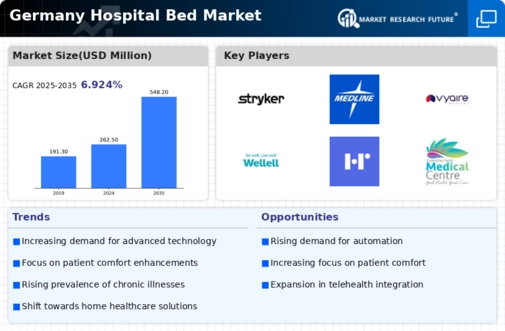
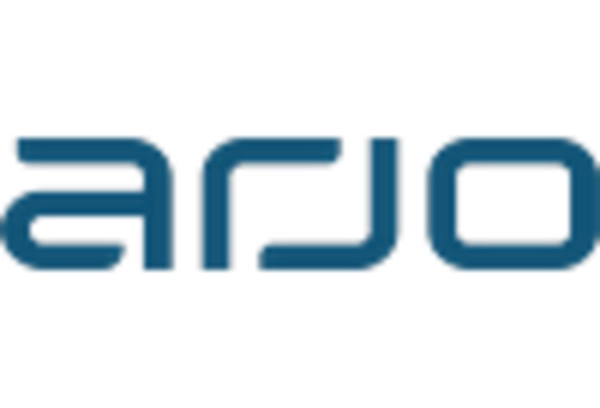
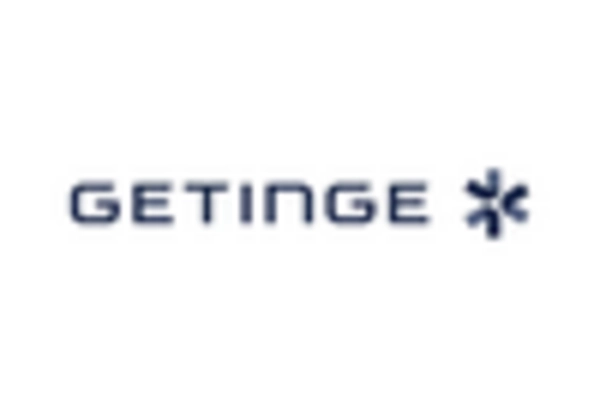
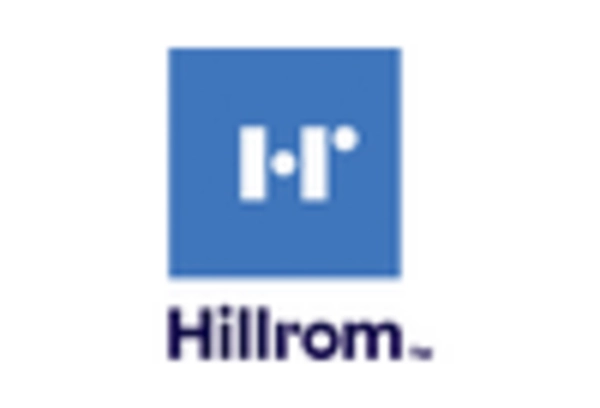
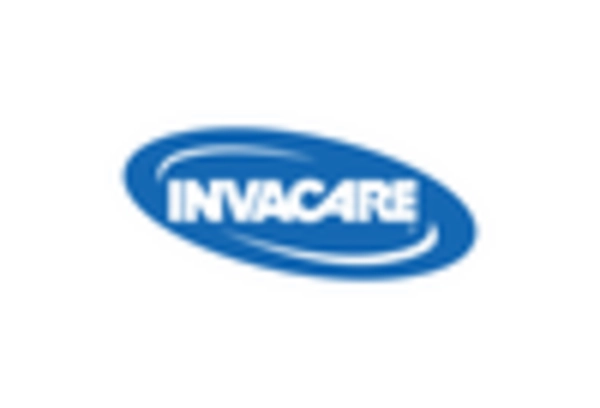










Leave a Comment